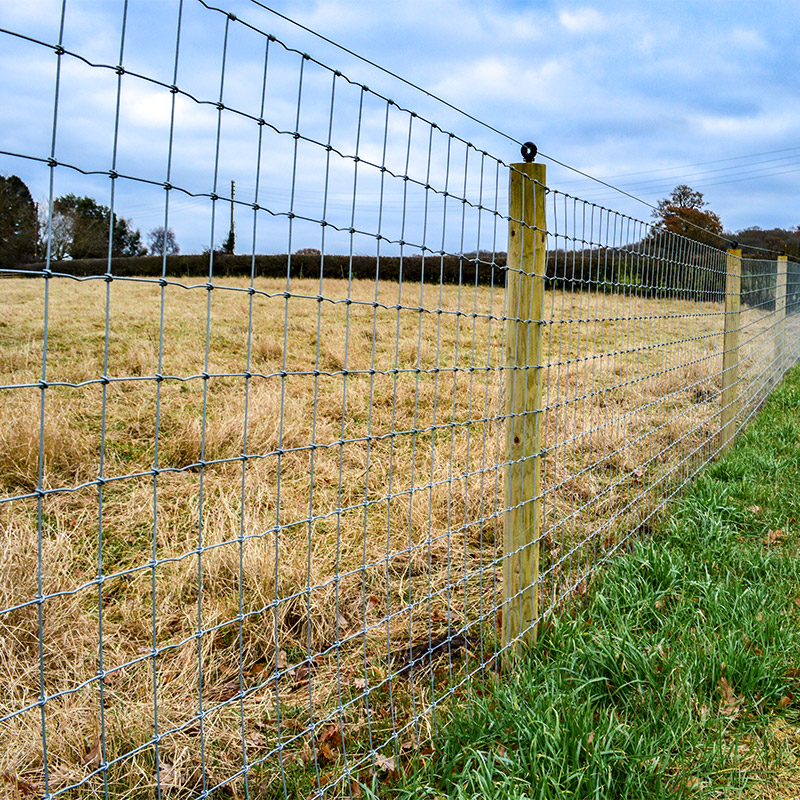What is a Noise Barrier?
Noise barriers, also known as sound barriers or acoustic barriers, are structures designed to reduce the impact of noise pollution in urban areas and along highways. These barriers play a crucial role in protecting residential areas, schools, and other noise-sensitive locations from the disruptive sound generated by traffic, construction, and industrial activities. As urbanization progresses, the need for effective noise control measures has become increasingly important.
Purpose and Functionality
The primary purpose of a noise barrier is to impede the transmission of sound waves from one area to another. They work on the principle of sound attenuation, which refers to the reduction of sound intensity as it passes through or around an obstacle. Noise barriers are particularly effective when they are tall and continuous, effectively blocking the line of sight between the noise source and the receiver.
The effectiveness of a noise barrier is measured in decibels (dB), which quantifies sound intensity. Barriers can reduce noise levels by about 10 to 20 dB, depending on factors such as height, length, and construction materials. A reduction of 10 dB is perceived as halving the perceived loudness of sound, making noise barriers a vital tool in enhancing living conditions in noisy environments.
Types of Noise Barriers
Noise barriers come in various types, materials, and designs, allowing them to cater to different needs and environments
1. Concrete Barriers One of the most common types, concrete barriers are highly effective due to their mass and density, which help to block sound waves. They are often used along highways and railways and can be designed for aesthetic purposes to blend into the environment.
2. Earth Berms These are mounds of earth built alongside roadways or noise sources. Earth berms are natural-looking and contribute to landscaping while also providing meaningful noise reduction.
what is a noise barrier

3. Wooden Barriers These fences are suitable for low-to-moderate noise reduction. They are often used in residential areas and parks due to their visually appealing nature.
4. Sound-Absorbing Barriers These barriers are specially designed to absorb sound rather than just reflecting it. They are made from materials like foam or mineral wool, making them effective in reducing echoes and reverberation.
5. Transparent Barriers Made from materials such as acrylic or polycarbonate, these barriers allow for visibility while still providing effective noise reduction. They are commonly used in areas where aesthetics are important, such as near residential communities or scenic landscapes.
Placement and Design Considerations
The placement and design of noise barriers are vital to their effectiveness. Noise barriers should be constructed as close as possible to the noise source and should be high enough to block the line of sight to be effective. Generally, a barrier height of 5 to 15 feet is optimal, depending on the distance from the noise source and the concerned area.
Moreover, the design should consider local regulations, environmental impact, and community feedback. A well-designed noise barrier can harmonize with the surrounding landscape and enhance the aesthetic appeal of the area. It is essential to involve stakeholders, including local residents, in the planning process to address concerns about visibility, safety, and potential adverse effects on local wildlife.
Conclusion
In an age where urban noise pollution is a significant concern, noise barriers are invaluable in mitigating the adverse effects of sound on human health and quality of life. With various designs and materials available, these structures can cater to the unique needs of different environments while still focusing on functionality and aesthetics. As cities continue to grow and traffic levels rise, the implementation of effective noise barriers will be crucial in preserving the tranquility of urban living spaces. Ultimately, noise barriers not only serve as physical shields against sound but also contribute to creating more harmonious and livable urban environments.
-
Turn Down the Noise: The Future of Highway Sound Barriers
NewsApr.09,2025
-
Silence the Sound: The Power of Highway Noise Barriers
NewsApr.09,2025
-
Reduce Road Noise Effectively with Highway Noise Barriers
NewsApr.09,2025
-
Noise-Free Living: How Highway Barriers Make a Difference
NewsApr.09,2025
-
Engineered for Silence: Highway Noise Barriers for Every Road
NewsApr.09,2025
-
Effective Noise Control: Highway Barriers for a Quieter Tomorrow
NewsApr.09,2025
Subscribe now!
Stay up to date with the latest on Fry Steeland industry news.

